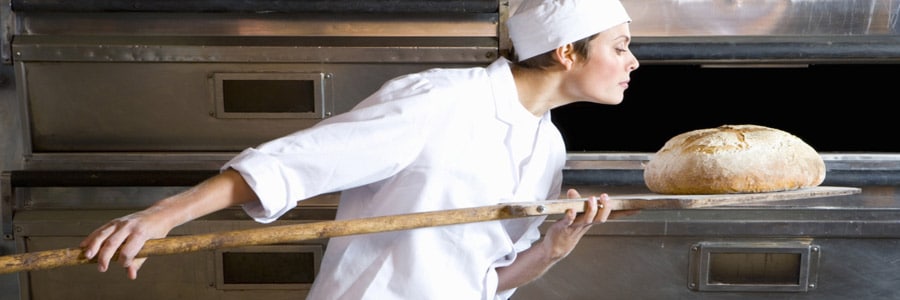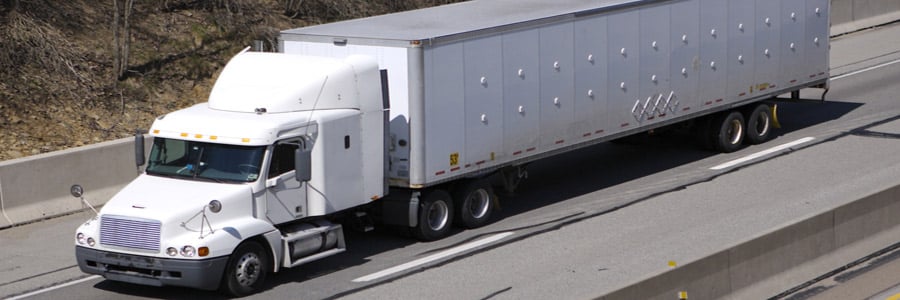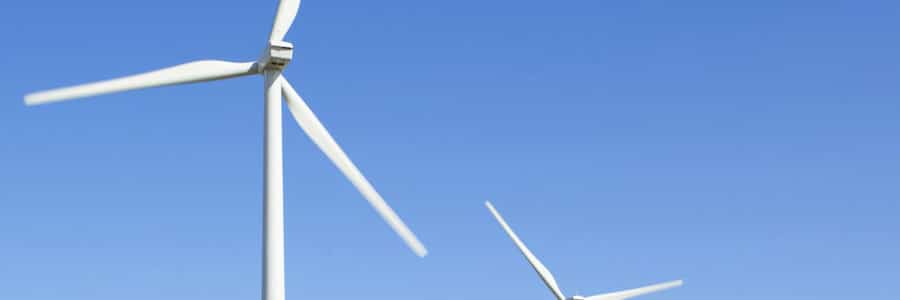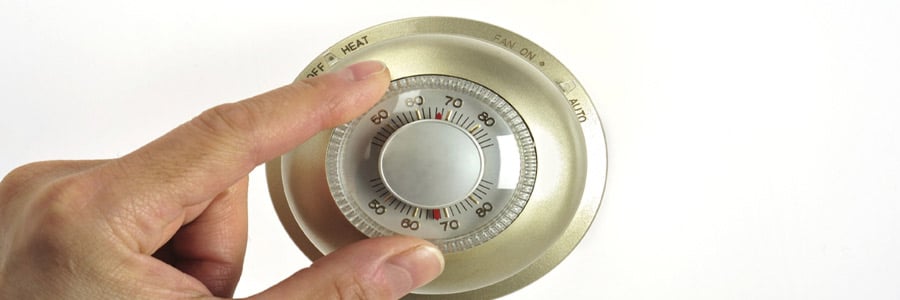
Commercial Food Service Equipment
Commercial food service equipment is found in restaurant canteen kitchens and stand alone for profit dining establishments (hotels, hospitals, educational/work place facilities, airports, stadiums, army barracks, etc). Typically, these facilities are subject to public health laws. They are inspected periodically by public health officials, and forced to close if they do not meet hygienic requirements mandated by law.
The fast food and convenience food trends have also changed the way restaurant kitchens operate. There is a trend for restaurants to only “finish” delivered convenience food or even just reheat completely prepared meals. At the most, they would grill a hamburger or a steak.
Common equipment found in most commercial establishments include Commercial Refrigerators, Commercial Freezers, Walk In Coolers, Refrigerated Prep Tables, Commercial Ice Machines [Cube, Flake, Storage, Under Counter Machines/Makers], Commercial Ranges [Charbroilers and Hot Plates included], Dishwashers, Ovens, Fryers, Warming & Holding Cabinets, Steamers and Steam Tables.
Counter top cooking would include – Panini Makers, Toasters, Griddles, Salamander Broilers, Waffle Makers, Convection Ovens, Fryers, and Hot Plates.
Specialized Equipment would include – Concession Equipment, Bakery Equipment, Tilting Skillets/Braising Pans, BBQ equipment, Ice Cream Equipment, Pasta Cookers, Asian Cooking Equipment, Tandoori Ovens, Hot Dog Cookers, and Coffee Making Equipment.
PUI has manufactured sensors used in every area of the commercial food service industry. Some of the most challenging applications that we have achieved success include:
- Contact temperature inside of a commercial oven [FDA approved to 260C] with a connection system inside the oven.
- Competition BBQ temperature probes for grill temperature and meat temperature.
- Frost and freeze resistant Teflon© Plugge™ temperature sensor for commercial refrigeration/freezing.
- Temperature and Level measurement in one probe

Laboratory Apparatus Equipment
Referring to the various tools and equipment used by scientists working in a lab, the equipment is generally used to perform an experiment, take measurements, and gather data. Our goal is to be involved in designing any instrument where a measurement is temperature dependent for a R&D, clinical, medical, environmental, or industrial lab. We are also capable of making sensors for both the automating processes market and the scientific instrumentation industry – which is best known for their ability to measure temperature with a high degree of accuracy and precision.
Environmental Monitoring and Safety products – Ambient Gas, Particulate, Source Gas, Waste/Ground/Drinking Water Analysis, Occupational and Environmental Health Instruments.
Clinical Diagnostic Testing Products – Clinical Chemistry Analyzers [Photometric Analyzer] and Immunoassay Systems.
Laboratory Products– Furnaces [Crucible, Tube, Muffle, and Ignition], Sterilizers, Vacuum Ovens, Drying Ovens, Heating Ovens, Hybridization Ovens, Centrifuges, Hotplates, CO2 Incubators, Plant Growth Incubators, Cryopreservation Systems, Freezers, Ultra-Low temperature Freezers, Microbiological Incubators and Environmental Chambers.
Other Scientific Instruments and Automation – Gas Chromatography, Mass Spectrometry [GC-MS, ICP-MS, Isotope Ratio MS], Colorimetry Meters, Electrochemistry Meters [DO, pH, Conductivity], Online Electrochemistry Analyzers, XRF Spectrometers, Fluorescence Spectroscopy, FT-IR Spectroscopy, Spectroscopy [NIR, Raman, UV-Visible], OEA [Organic Elemental Analyzers CHNSO], Combustion Analyzers [TN, TS, TX], Microstructure and Porosimetry Testing.

Special Industrial Equipment
Special industrial equipment covering a wide variety of lower volume [fewer than 35,000 units] products such as:
Common equipment: Air Compressors, Air dryers for compressed air, Transport Refrigeration (Thermo King & Carrier)[Truck, Trailer, and Container], Diesel Particulate Filters [on road and off road], Small engine equipment [Ditchwitch, Bobcat, generators], Aviation engine data recording, Industrial Steam Cleaners, Electric motors [stator winding sensor], Servo motor control, Diary processing equipment, packaged waste water treatment, packaged pharmaceutical plants, fan controls for agriculture, natural gas/propane metering equipment, petroleum metering equipment, energy management systems, and greenhouse control.
PUI specific sensors in this market:
- Efficient linear output electric motor temperature probe.
- Diesel Particulate Filter for use with Caterpillar/Cummings diesel engines
- Flexible sheath natural gas metering temperature probe that reduced installation/calibration/replacement time to seconds.
- Industrial steam cleaner temperature probe to withstand 3000 psi
Packaging Machinery
Machines used to package a wide variety of products for sale [food, products, point of sale].
Types of equipment:
Seal Bars:
- Form, fill, and seal machines
- Bag and Pouch making machines
- Fill and Seal machines
- Skin blister pack
Seal Dies:
- Form Fill, and Seal Machines
- Closing machines
Adhesive Dispensing:
- Hot Glue Melt machines
- Labeling machines
- Carton Sealing
Shrink Tunnels and Ovens
Hot Air Sealing and Drying
Hole Punch Machines

Biomass and Green Technologies
- Biomass temperature sensor: Low temperature hot water biomass boilers, those operating at up to 95 °C, can be classified by various methods based on fuel type or on the physical characteristics of the boilers. The classification that follows is based on fuel type. The critical difference between stoves and boilers is that stoves provide radiant room heating while boilers only produce hot water, either for heating or domestic hot water (DHW). Although some stoves will allow the incorporation of a boiler and radiators, stoves are usually much simpler devices than boilers. Many temperature sensors are used in biomass furnaces. They have to be insensitive to dirt, mechanical load and big temperature fluctuations; but on the other hand they have to be cheap. Hence a compromise concerning a fast and accurate measurement is accepted.
- Wind Turbine Sensors: Manufacturers and wind farm operators require high quality environmental measurements to maximize performance and fulfill industry standards. These needs include weather sensors for control systems, wind speed and direction monitoring, weather condition monitoring directly on the turbines, and visibility sensors that dim obstruction lights in clear weather to improve community acceptance of wind farms. The motors in the turbine that generate the electric also need sensors to monitor bearings and motor temperatures.
- Ethanol Sensors: The Ethanol Sensor measures the concentration of gaseous ethanol, from which the concentration of ethanol in a solution may be inferred. The sensor’s probe contains a material whose resistance decreases in the presence of ethanol. The sensor translates this resistance into an ethanol concentration measurement, which is recorded and displayed by the connected computer or data logger. The Ethanol Sensor is well-suited for continuous recording and discrete measurements.
- Solar generation Monitoring systems: Temperature sensor or used to monitor the efficiency of the solar array.

HVAC/R
- Energy monitoring systems to improve efficiency
- Boilers: Boilers from a few decades ago usually ran at about 68 to 72 percent efficiency, meaning about 30 percent of the energy consumed by a boiler went to waste. Today, high-efficiency boilers operate at 90 to 97 percent efficiency. Mid-efficiency boilers, which cost about half as much as their mid-efficiency counterparts, operate around 80 percent efficiency. Higher efficiency comes courtesy of a handful of technological improvements. Old boilers relied on a pilot light, a hefty heat exchanger that consumed more energy, and natural drafts to push heat. Today, mid-efficiency boilers use an electric ignition that turns on when the system is turned on, have smaller parts that consume less energy, and push heat using a precise exhaust fan. High-efficiency boilers take those advances a step further, featuring a sealed combustion chamber and a second heat exchanger that condenses gas to further reduce energy use.
PUI specific sensors:
- Ambient air temperature sensor
- Air inlet/outlet temperature sensor
- 6/10/15’ averaging temperature probe for large return ducts
Plastics
We manufacture polymer materials and offer services in plastics important to a range of industries, including aerospace, building and construction, electronics, packaging, and transportation. Common equipment are injection molding machines, polymer processing equipment, heating/cooling equipment for injection molding machines.
- Adjustable melt bolt – for use in injection molding machines
- Portable chiller temperature sensors
- Cooling towers temperature probes for roof mounted systems
Automation – the use of machines, control systems and information technologies to optimize productivity in the production of goods and delivery of services. PUI’s line of ENET™ sensors are designed to custom fit into automation control systems. With its linear output they work well with PLC’s.